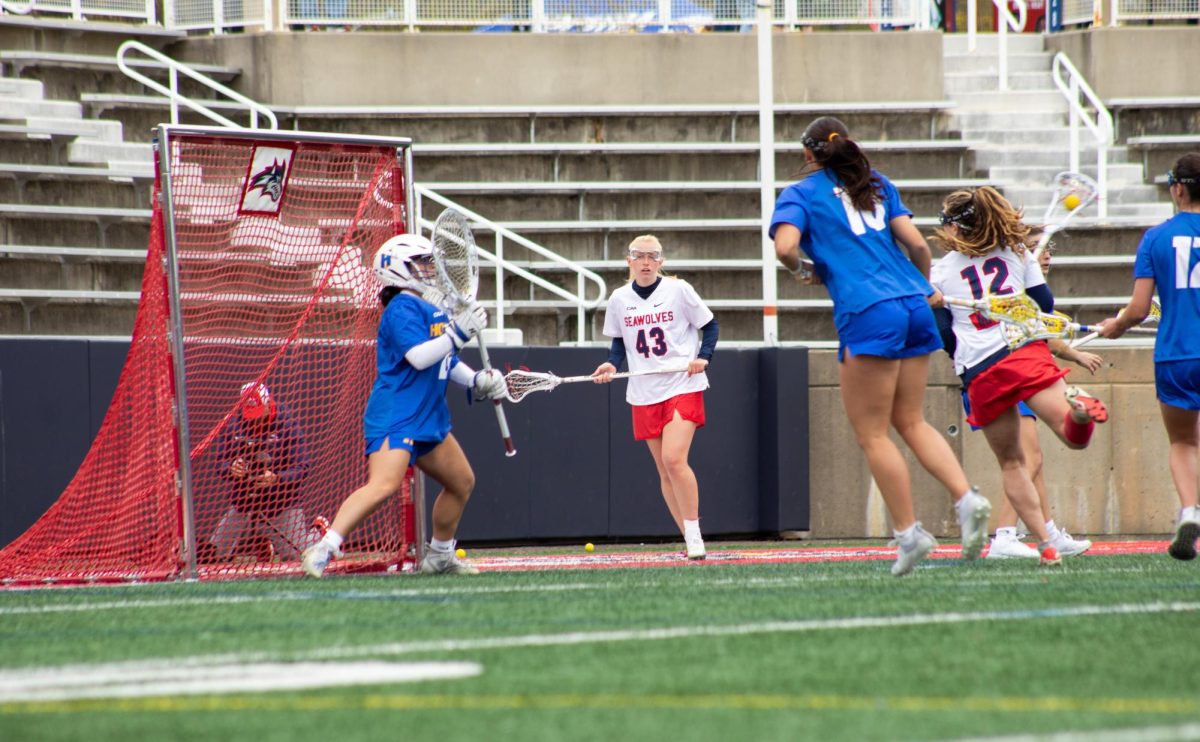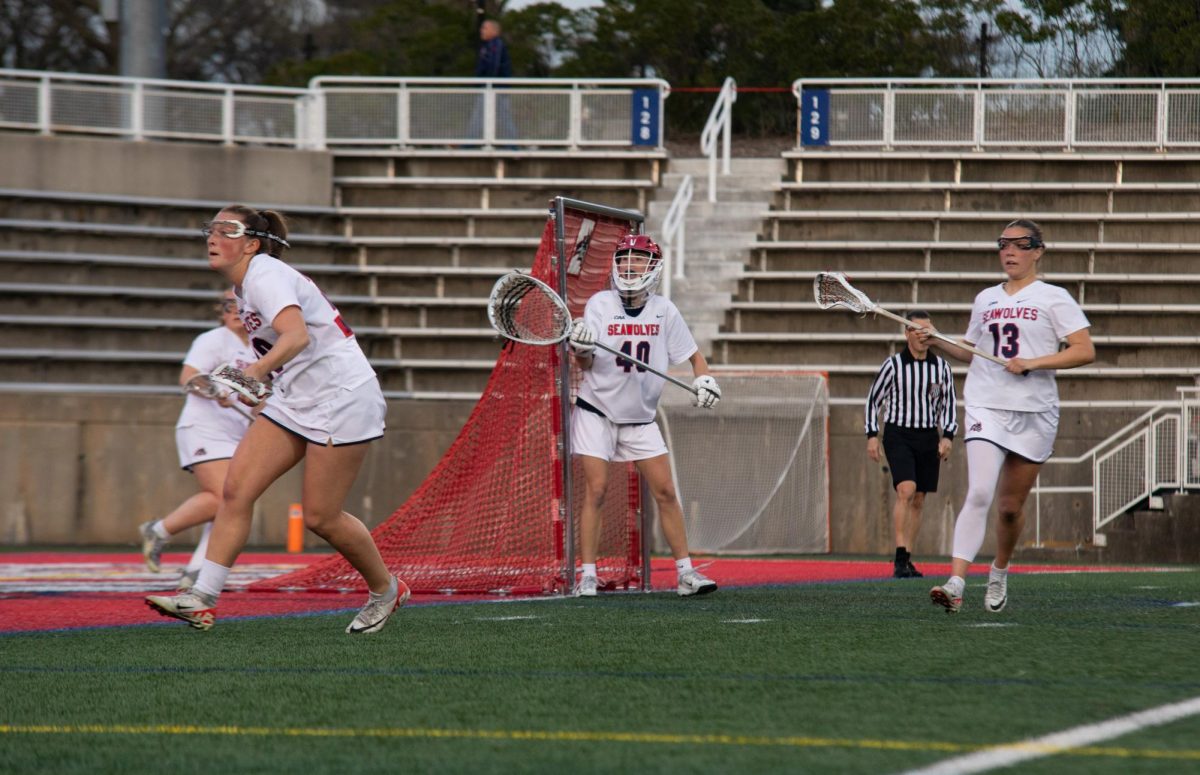
As a mechanical engineering major at Stony Brook University, Connor Beierle is one step closer to achieving “the childhood dream he never let go of”—the dream of one day becoming an astronaut in hopes of venturing into space—after participating in an internship with National Aeronautics and Space Association.
After researching internships, Beierle applied to be an intern at the aeromechanics branch of NASA’s Ames Research Center at Moffett Field in California. A few weeks before the fall semester began, Beierle was notified that he had been accepted for the internship.
The moment he received the good news, Beierle booked his flight to California.
Upon accepting the internship, Beierle had to take the fall semester of his junior year off. This meant falling behind on a semester of work.
“Taking off a semester had some complications just due to the nature of the mechanical engineering major, the courses are very sequential and if you miss one, it is a prerequisite to a class that may only be offered in the fall,” Beierle said.
He is also a member of Stony Brook University’s rugby team and had to pass playing for a semester to pursue the internship.
“When I first met Connor as a freshman, I asked him what he wanted to be when he got older, and without hesitation he said an astronaut,” Danny Yarusso, head coach of the Stony Brook University men’s rugby team, said.
“I was truly happy for him. But then I thought how was the team going to do without him in the fall 2012 season!”
When arriving at the research center, Beierle discovered he would be staying in a decommissioned military barrack adjacent to the runway, where helicopters and other aircraft took off and landed.
Every intern is assigned a mentor to work with, and Beierle was assigned to work with the chief of the Aeromechanics Branch, Dr. William Warmbrodt.
“We rated Connor the number one applicant to the Aeromechanics Branch internship opportunity out of a pool of about 100 applicants to the Undergraduate Student Research Program for the fall semester 2012,” Warmbrodt said. “He did not disappoint and he exceeded all our expectations.”
Beierle arrived at the research center just as a wind tunnel experiment was completed.
Whenever there is an aircraft in the wind tunnel experiment, it performs differently than it would in actual flight.
In order to account for those differences, there are some mathematical formulations and deductions that need to be made. Beierle’s job as an intern consisted of post-processing this experimental data.
“The internship strengthened my programming skills and also instilled a much deeper understanding of the engineering practices taught in the classroom,” Beierle said. “To actually witness and partake in the implementation of theoretical concepts to physical designs was tremendously enlightening and gratifying.”
Each morning, Beierle would wake up at 6 a.m. and would continue working until about 7 p.m., a practice that resulted in a much longer work week than required.
Interns of this program were only obligated to work 40 hours a week.
“And Connor wasn’t all work and no play. No way,” Warmbrodt said. “Together with the other Branch interns last semester, he saw the Space Shuttle Endeavor being delivered in Los Angeles to its new home, participated in NASA Education Outreach opportunities, went to Dryden Flight Research Center, experienced Yosemite, went sailing on the SF Bay, built and flew a sailplane, won the Intern Joke Competition (no small accomplishment), and, well, the less said about his sand volleyball skills, the better.”
For this upcoming summer, Beierle was selected to participate in a second internship at NASA.
This internship is in spacecraft power system modeling and simulation at NASA’s Glenn Research Center in Ohio.
Beierle plans to graduate in the spring of 2014, taking around 20 credits in each of his remaining semesters to make up for the fall semester he missed.
After graduation, Beierle plans to pursue graduate study in electric propulsion for spacecraft applications.




















